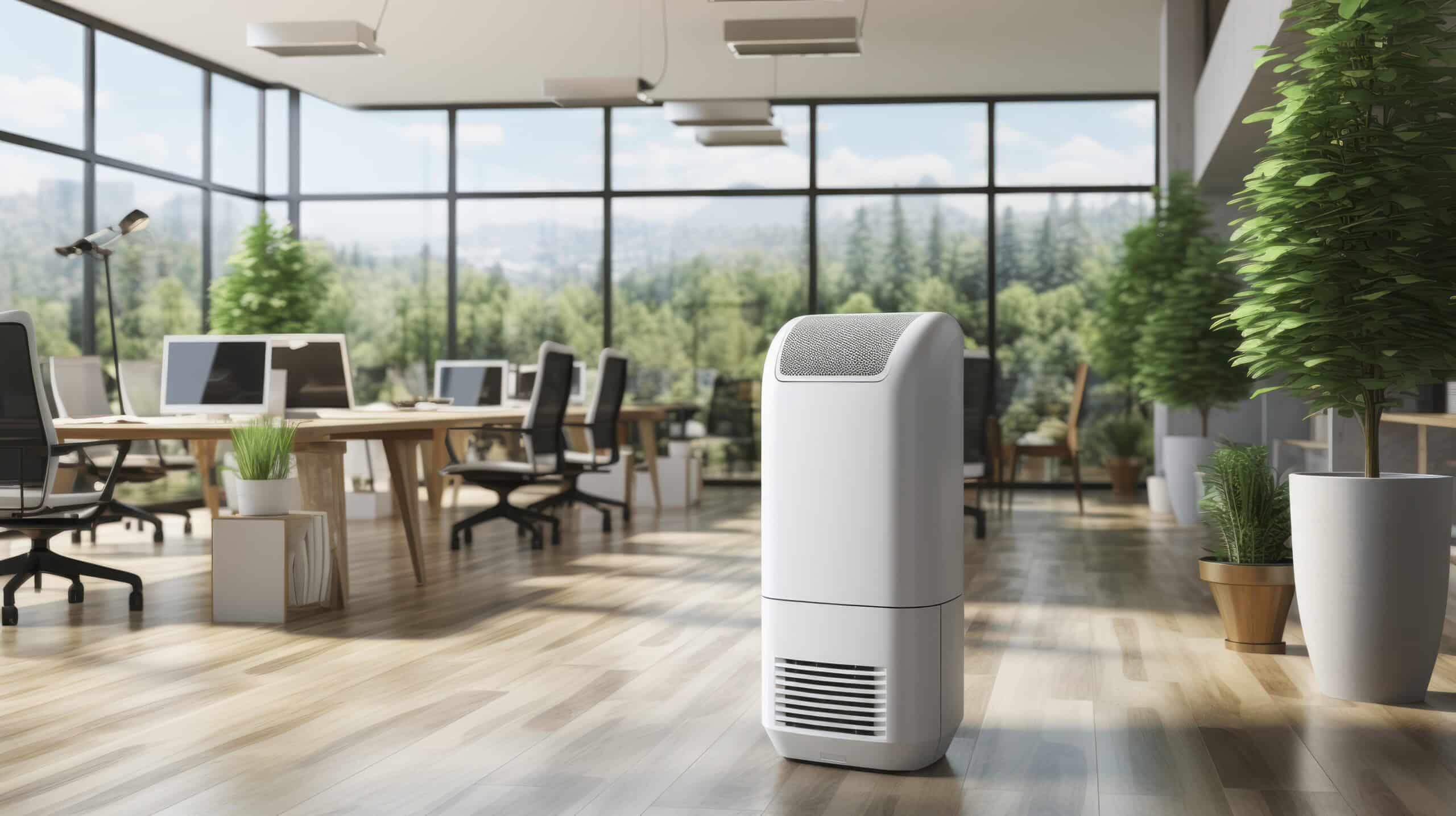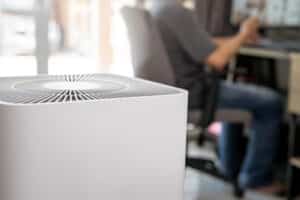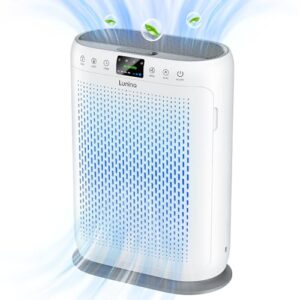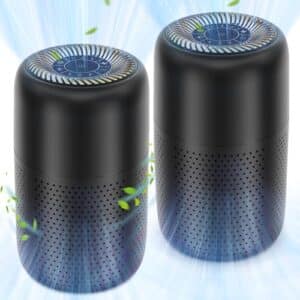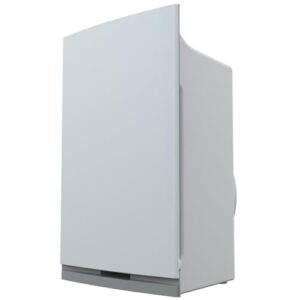How to Determine the Right Size of Air Purifier for Your Home
Key Takeaways
- One method to determine the right size of an air purifier for your home is to consider the square footage of the room.
- Another method is to calculate the air volume and air changes per hour (ACH) in the room.
- Factors such as specific sensitivities, layout of your home, and placement of the air purifier should also be considered for customized air purification.
Are you considering investing in an air purifier for your home? With so many options available on the market, it can be overwhelming to choose the right size that will effectively clean the air in your space. In this article, we will explore different methods to determine the appropriate size of an air purifier for your home, taking into consideration factors such as room size, air volume, and air changes per hour (ACH).
Calculating Air Purifier Size Based on Room Size
One of the simplest methods to determine the right size of an air purifier for your home is to consider the square footage of the room. Different sources recommend different coverage areas based on room size. According to Aircaring.com, a small purifier is suitable for a 200 sq ft room, a medium purifier for a 400 sq ft room, and a larger purifier for a 1500 sq ft room.
However, it is important to note that these recommendations may vary depending on your specific needs. For example, if you or your family members suffer from allergies, it is recommended to choose an air purifier that can clean the air in the room four times every hour, according to Home Inspection Insider. This means you may need a more powerful air purifier or multiple units to achieve the desired air cleaning capacity.
Calculating Air Purifier Size Based on Air Volume and ACH
Another method to determine the appropriate size of an air purifier is by calculating the air volume and air changes per hour (ACH) in the room. The air volume is the total cubic feet of air in the room, and ACH refers to the number of times the air in the room is completely exchanged with fresh air in one hour.
To calculate the air volume, multiply the length, width, and height of the room. For example, if your room is 10 ft long, 12 ft wide, and 8 ft high, the air volume would be 10 ft x 12 ft x 8 ft = 960 cubic feet.
Next, determine the desired ACH based on your specific needs. According to Aircaring.com, a minimum of two air changes per hour is recommended, while four air changes per hour are recommended for allergy sufferers.
To calculate the minimum required air purifier size, multiply the air volume by the desired ACH. For example, if you want two air changes per hour in a room with an air volume of 960 cubic feet, the minimum required air purifier size would be 960 cubic feet x 2 = 1920 cubic feet per hour.
It is important to check the CADR (Clean Air Delivery Rate) rating on the air purifier packaging. The CADR indicates the effectiveness of the purifier in cleaning the air. According to Aircaring.com, the CADR should be at least two-thirds of the desired air purifier size calculated based on air volume and ACH. For example, if the desired air purifier size is 1920 cubic feet per hour, the CADR should be at least 1280 cubic feet per hour.
Considerations for Customized Air Purification
While calculating the air purifier size based on room size, air volume, and ACH provides a general guideline, there are additional factors to consider for customized air purification.
If you have specific sensitivities or allergies to certain pollutants, such as pollen or pet dander, you may want to choose an air purifier with a higher efficiency filter or a specialized filter designed to capture those specific particles. The filter type and quality can greatly impact the air purifier’s effectiveness in improving indoor air quality.
Additionally, consider the layout of your home and the placement of the air purifier. If you have an open floor plan or multiple connected rooms, it may be more effective to invest in multiple smaller air purifiers strategically placed throughout the space, rather than relying on a single large unit.
Related Websites:
FAQs:
Q: Why is selecting the right size air purifier important?
Selecting the right size air purifier is crucial for maximum efficiency and effectiveness. A properly sized air purifier ensures that all the air in the room is effectively filtered, providing cleaner and healthier indoor air quality.
Q: How does room size affect the selection of an air purifier?
Room size plays a significant role in selecting the appropriate air purifier size. The square footage of the room helps determine the capacity needed to effectively clean the air. Choosing an air purifier that matches the room size ensures optimal performance and purification.
Q: Why is the air changes per hour (ACH) important when choosing an air purifier size?
The air changes per hour (ACH) is important as it indicates how many times the air in a room is effectively filtered within an hour. Different environments require different ACH rates. By considering the recommended ACH for your specific needs, you can select the right size air purifier to maintain clean air.
Q: How does the presence of allergies or sensitivities affect the choice of air purifier size?
Individuals with allergies or sensitivities may require a higher ACH to effectively remove allergens and irritants from the air. Consequently, the size of the air purifier needed should be determined based on both the room size and the specific needs of those with allergies or sensitivities.
Q: What factors should be considered when placing the air purifier for optimal performance?
To optimize the performance and coverage of an air purifier, consider placing it in a central location within the room. Avoid obstructing its airflow by keeping it away from walls or furniture. Additionally, avoid placing it in direct sunlight or near sources of interference.

